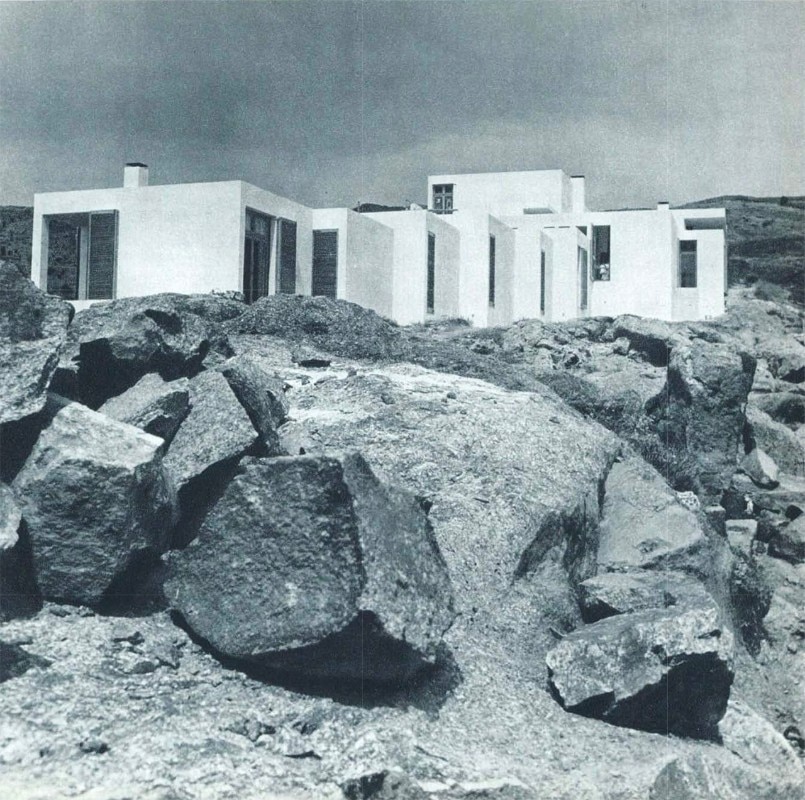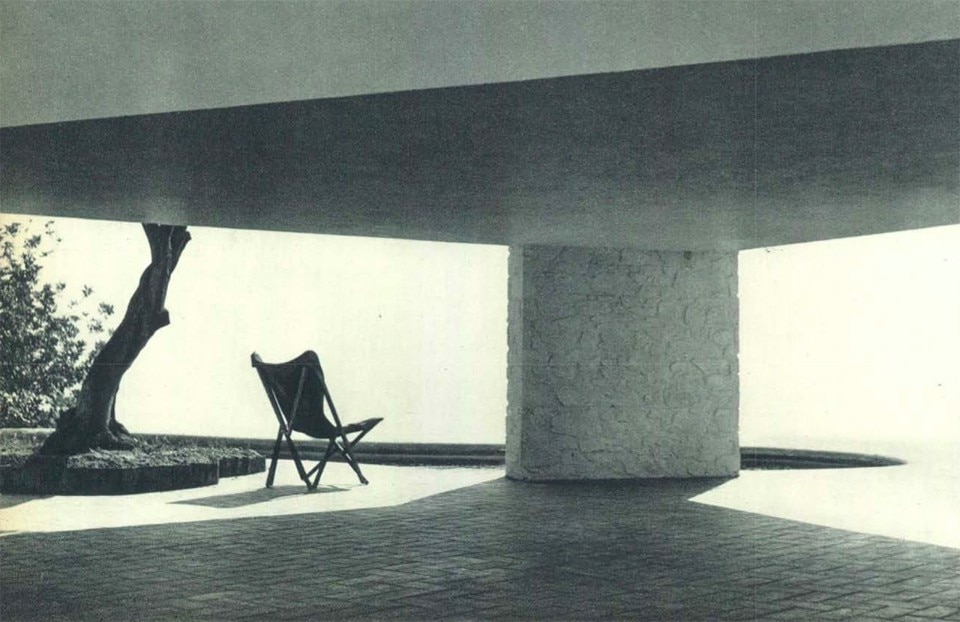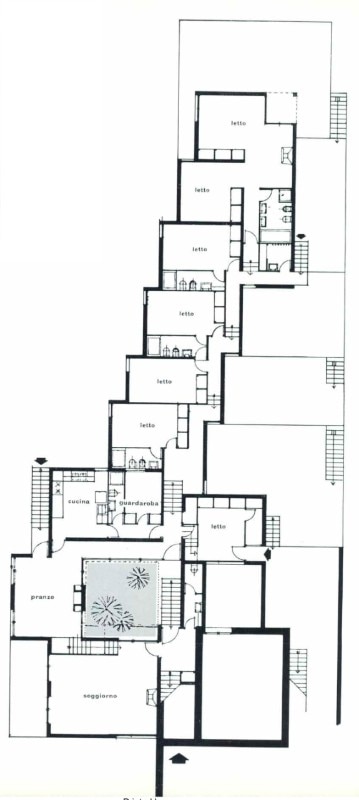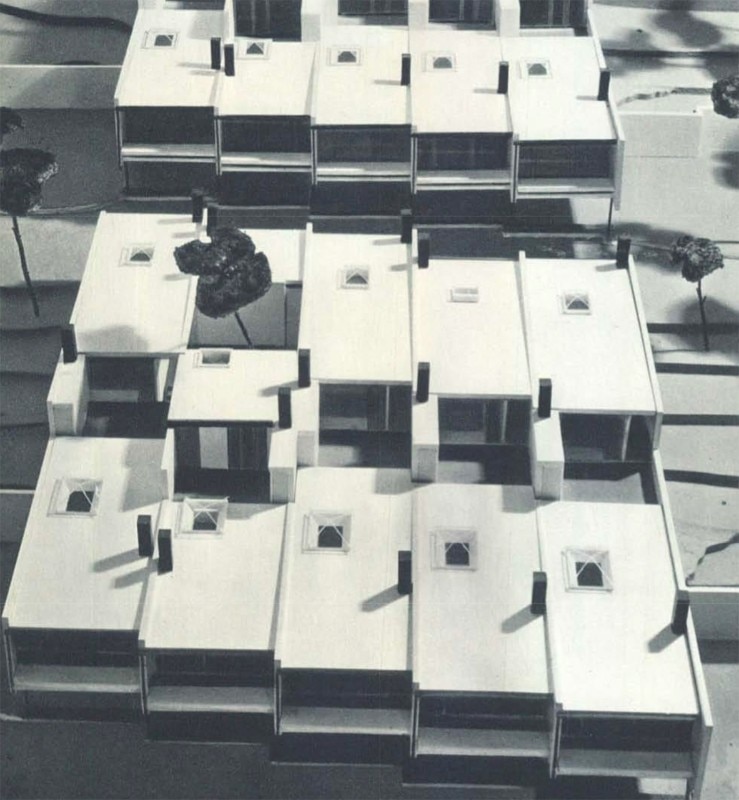For centuries, the European coasts have instilled in writers and journalists, philosophers and geographers a tendency to create toponymic neologisms. Only a few stretches of the continent's coastline remain "nameless”, while there is an undeniable abundance of colourful coasts, of all the shades of green and blue, but also of white and gold. Often, tourist guides refer to them by using names that were originated in a literary context (i.e. the name Côte D'Azur was coined by poet and politician Stéphen Liégeard) and in other cases they are trademarks, invented and registered by property developers, which later became part of the common language (just think of Costa Smeralda, whose urbanization was started in 1961 by the homonymous consortium chaired by the Aga Khan).
Costa Brava is a quite original epithet, if compared to the names of other coasts, that refers to a long stretch of Catalan coast, starting from the French border. In 1908, Journalist Ferran Agulló used the term “Costa Brava” for the first time on the regional newspaper La Veu de Catalunya, but it was only at the end of the 1950s that the endorsement of the Madrid government transformed it into a successful brand, capable of capturing and redirecting the flow of international tourism to northern Spain. The development of Costa Brava in the following years and up to the present day resembles that of many other "enhanced" shorelines of the Mediterranean Sea, halfway between inconsiderate cement castings and heartfelt invocations to the protection of the environment. An environment that here, at least, is in many ways better preserved than on other famous Iberian coasts, from Costa Blanca to Costa del Sol.
In March 1960, Domus 364 published a project by José Antonio Coderch and Manuel Valls called "Un albergo e centrotrentun case a Torre Valentina"(a hotel and 131 houses in Torre Valentina). Located in "one of the most beautiful spots of Costa Brava" and covering 35 thousand square meters, the project was certainly high-density, and bound to have a strong impact on the coastal landscape. Giò Ponti described it enthusiastically, especially because it had "created an environment", where "there is no environmental pre-existence (...).By creating it, we stand in the creative tradition of the past, and we commit ourselves not to be inferior to it in terms of happiness, nor to be dominated by it".
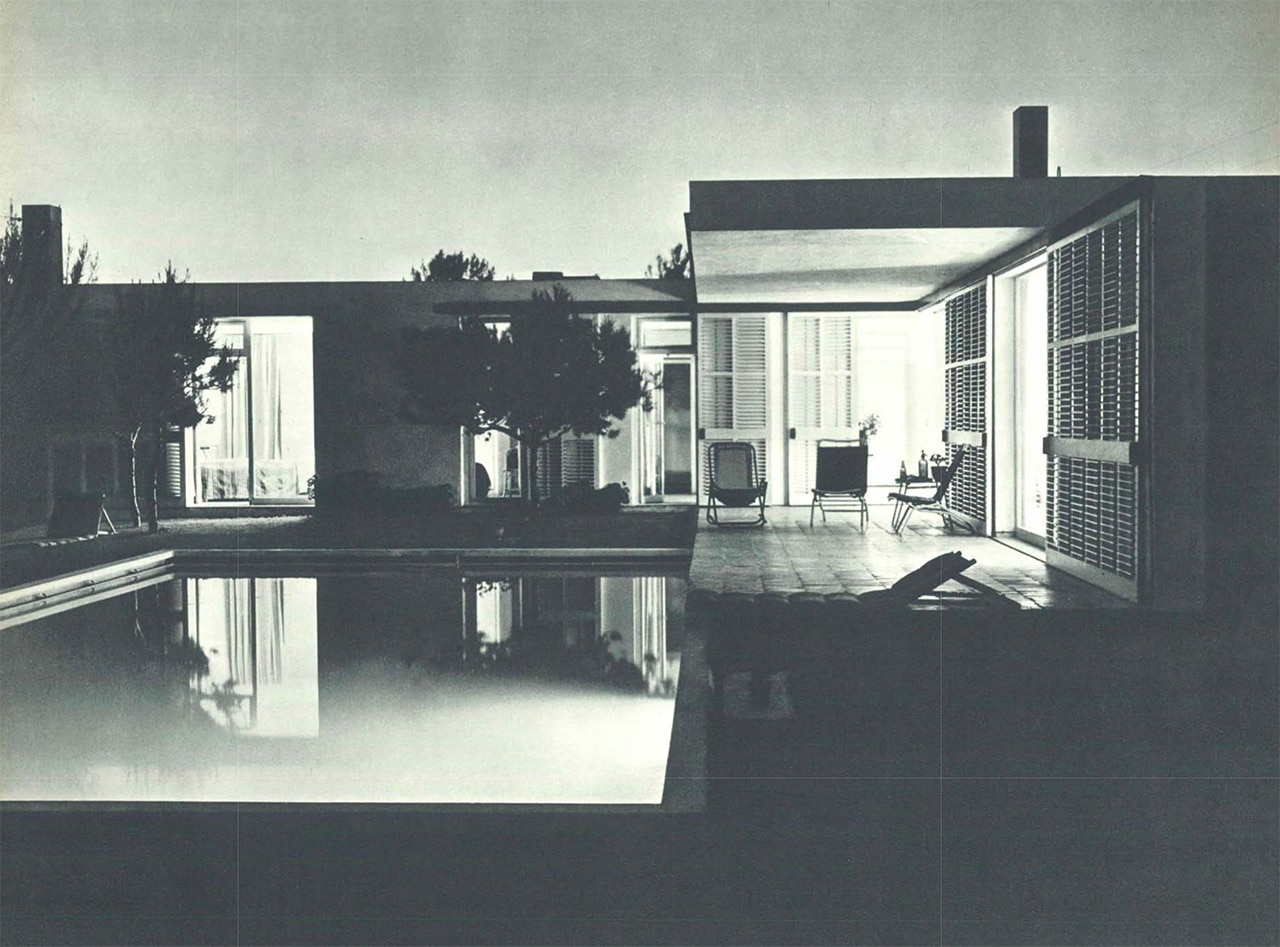
 View gallery
View gallery
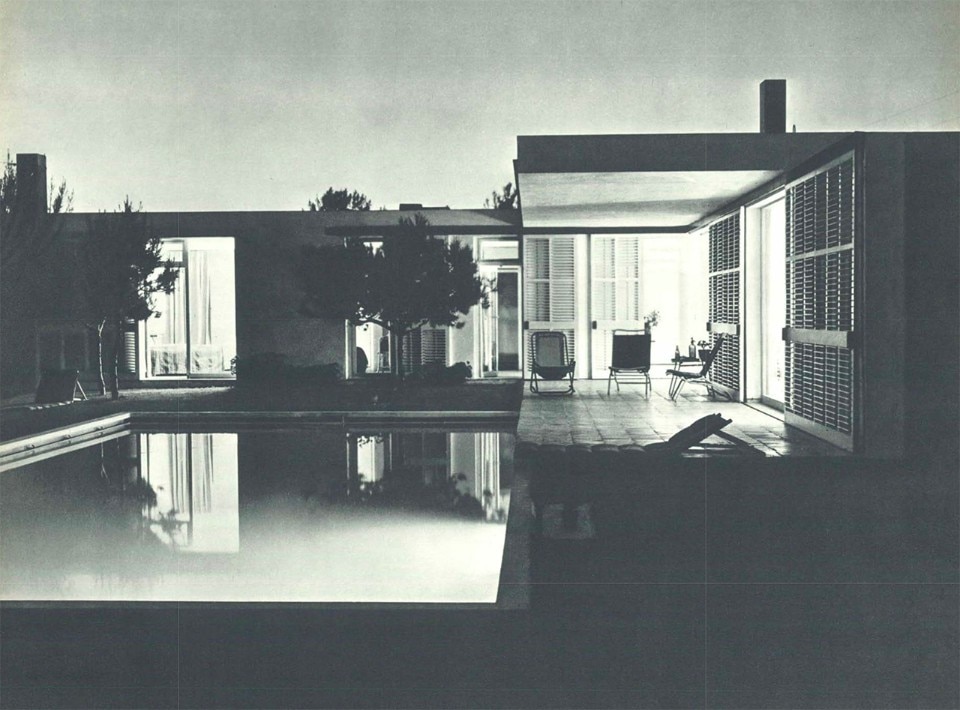
At the origins of Costa Brava: four architectures by José Antonio Coderch
José Antonio Coderch, Manuel Valls, casa Ugalde, Caldetas, Spain, 1953
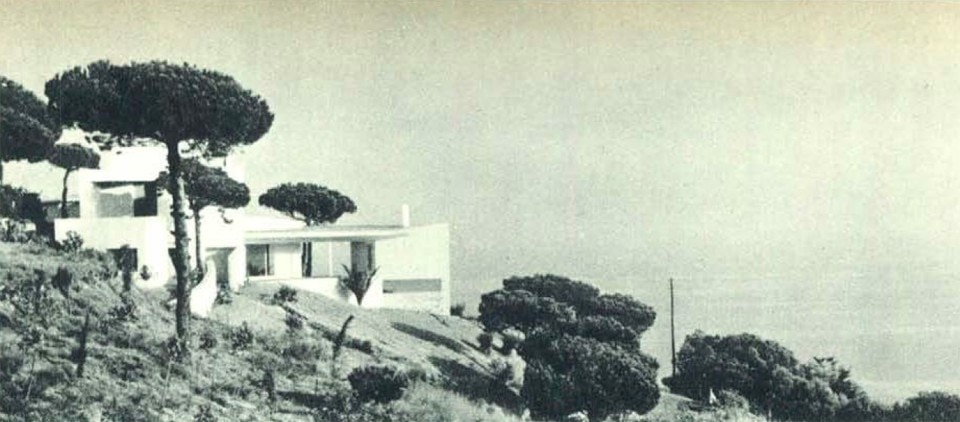
At the origins of Costa Brava: four architectures by José Antonio Coderch
José Antonio Coderch, Manuel Valls, casa Ugalde, Caldetas, Spain, 1953
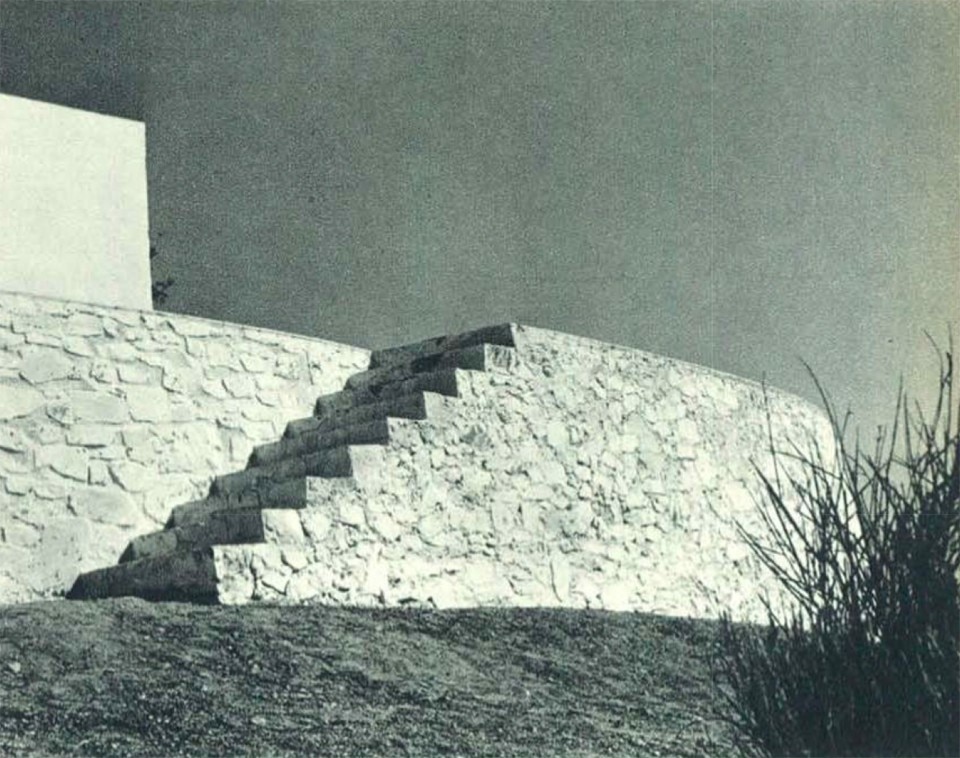
At the origins of Costa Brava: four architectures by José Antonio Coderch
José Antonio Coderch, Manuel Valls, casa Ugalde, Caldetas, Spain, 1953
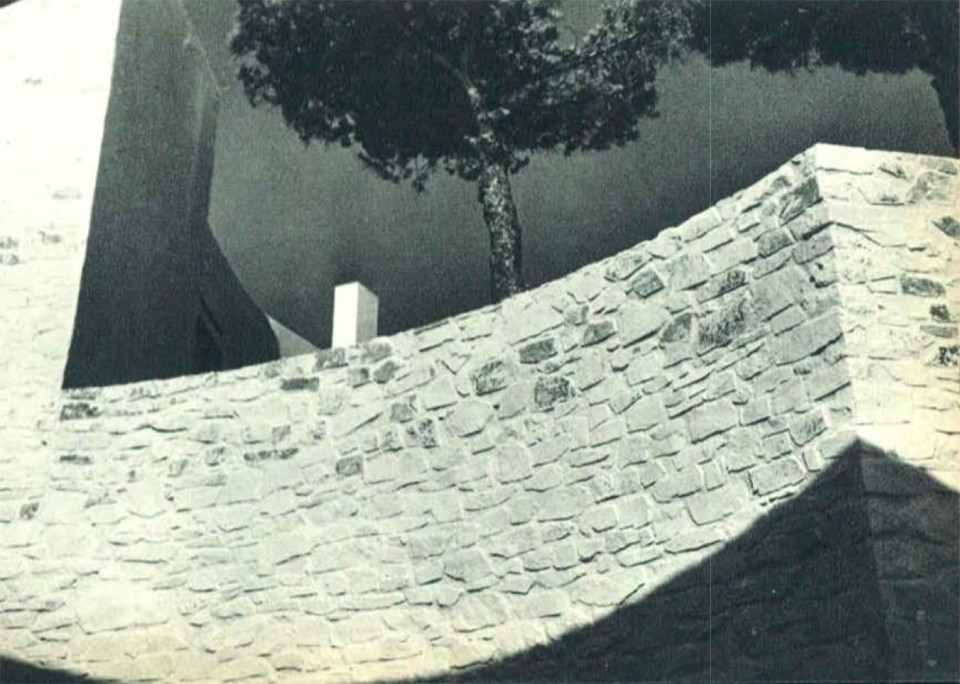
At the origins of Costa Brava: four architectures by José Antonio Coderch
José Antonio Coderch, Manuel Valls, casa Ugalde, Caldetas, Spain, 1953

At the origins of Costa Brava: four architectures by José Antonio Coderch
José Antonio Coderch, Manuel Valls, casa Ugalde, Caldetas, Spain, 1953
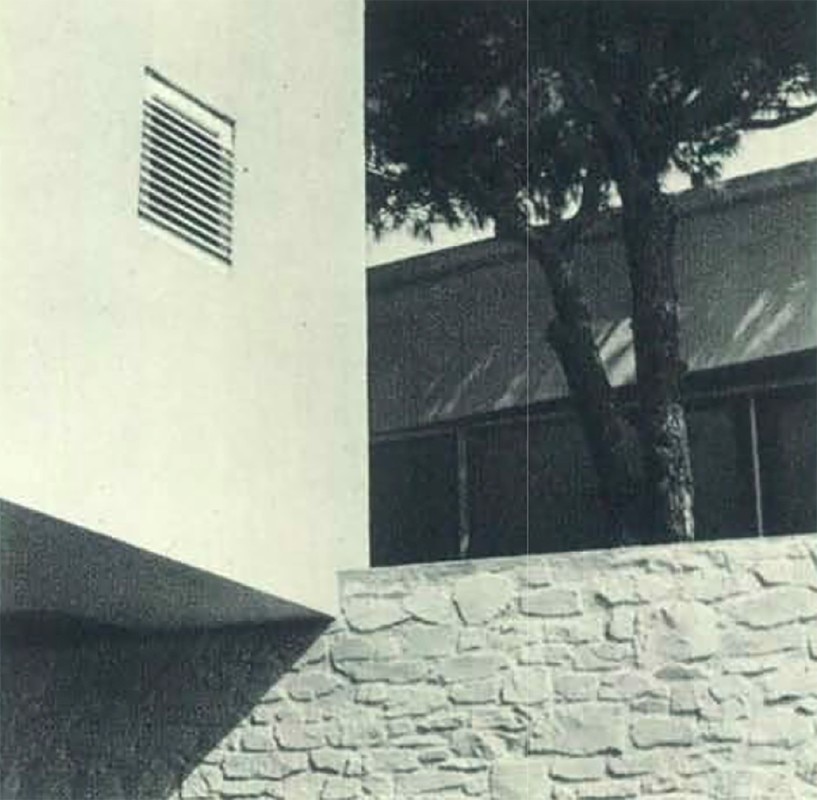
At the origins of Costa Brava: four architectures by José Antonio Coderch
José Antonio Coderch, Manuel Valls, casa Ugalde, Caldetas, Spain, 1953
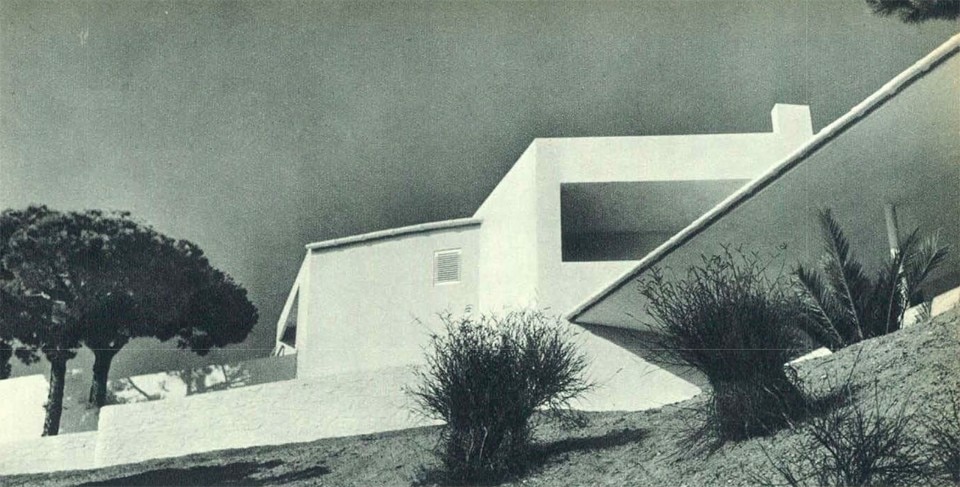
At the origins of Costa Brava: four architectures by José Antonio Coderch
José Antonio Coderch, Manuel Valls, casa Ugalde, Caldetas, Spain, 1953
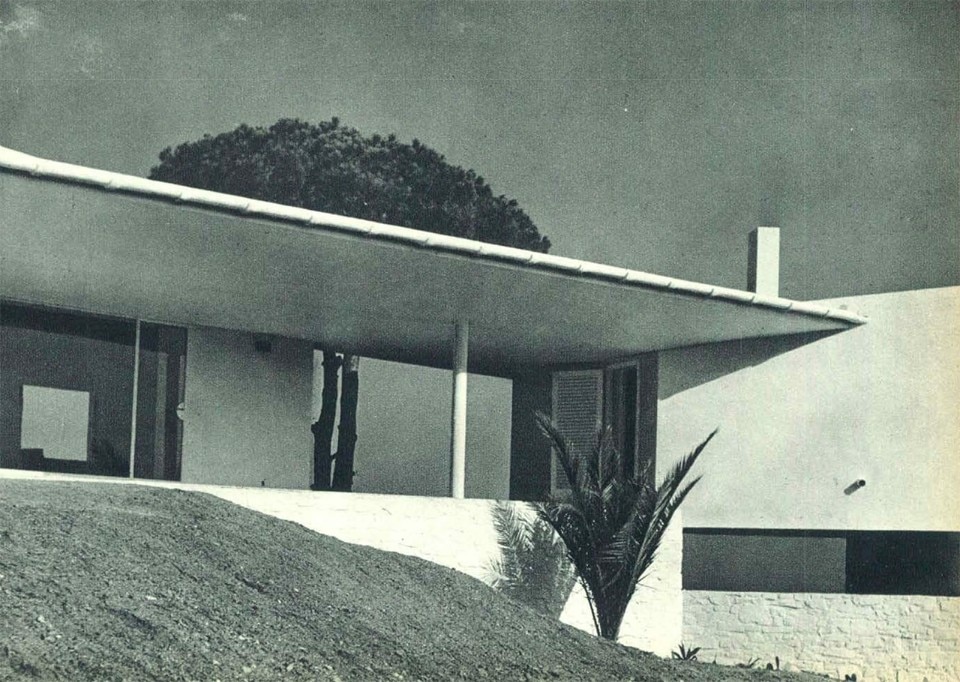
At the origins of Costa Brava: four architectures by José Antonio Coderch
José Antonio Coderch, Manuel Valls, casa Ugalde, Caldetas, Spain, 1953
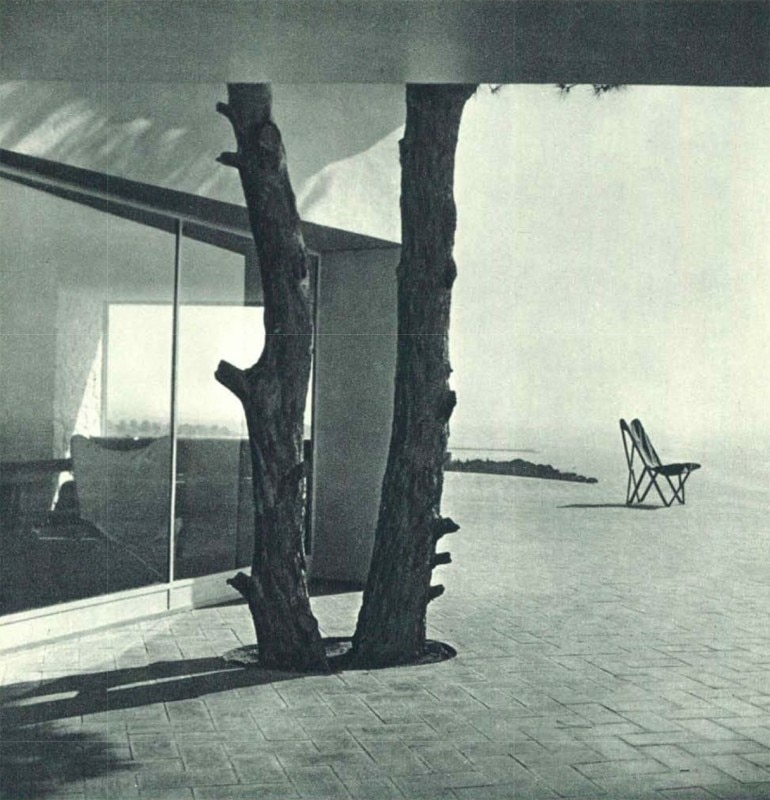
At the origins of Costa Brava: four architectures by José Antonio Coderch
José Antonio Coderch, Manuel Valls, casa Ugalde, Caldetas, Spain, 1953
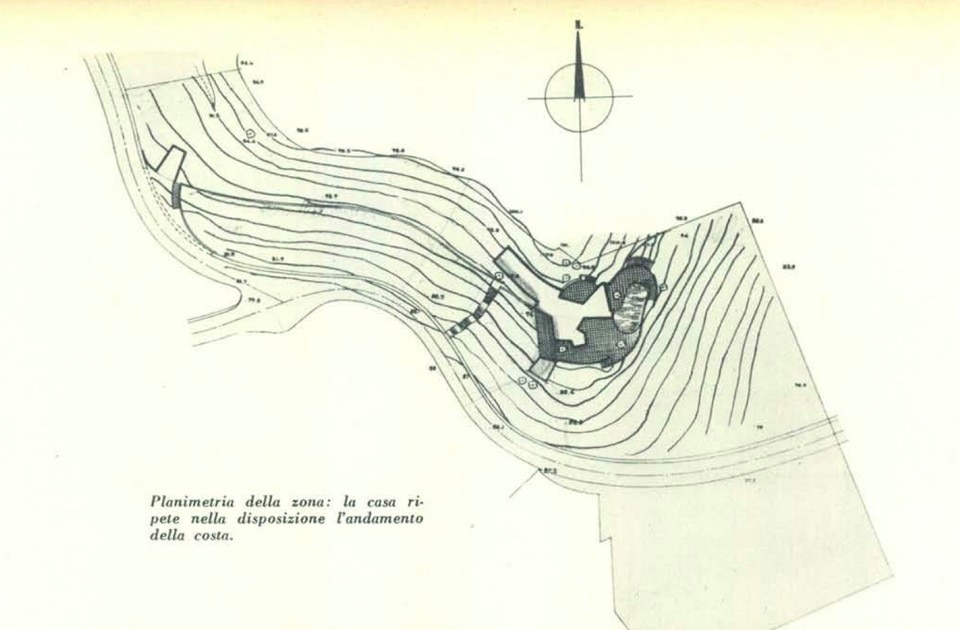
At the origins of Costa Brava: four architectures by José Antonio Coderch
José Antonio Coderch, Manuel Valls, casa Ugalde, site plan
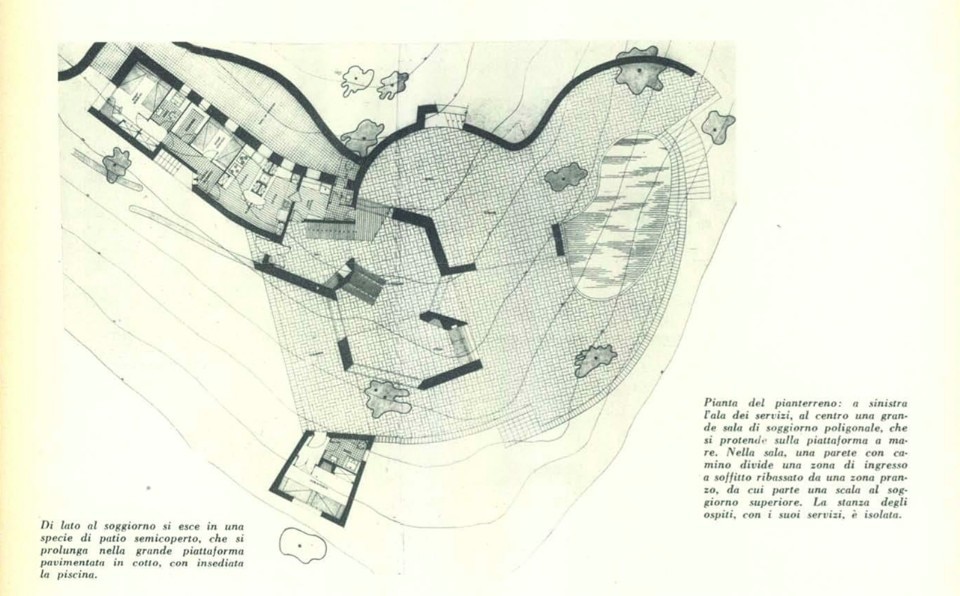
At the origins of Costa Brava: four architectures by José Antonio Coderch
José Antonio Coderch, Manuel Valls, casa Ugalde, ground floor plan
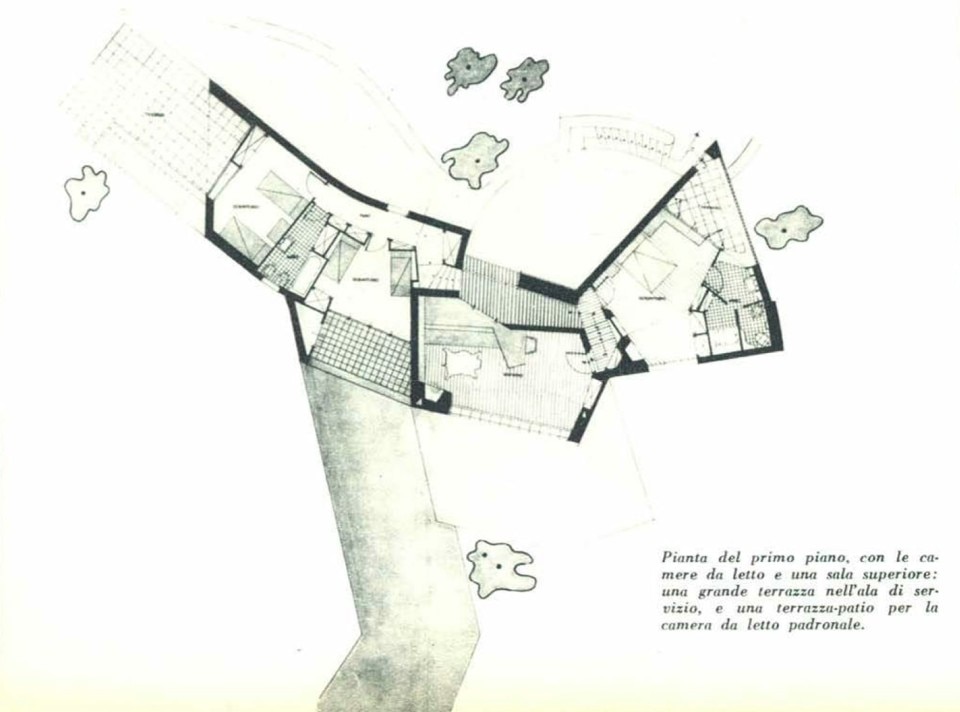
At the origins of Costa Brava: four architectures by José Antonio Coderch
José Antonio Coderch, Manuel Valls, casa Ugalde, first floor plan
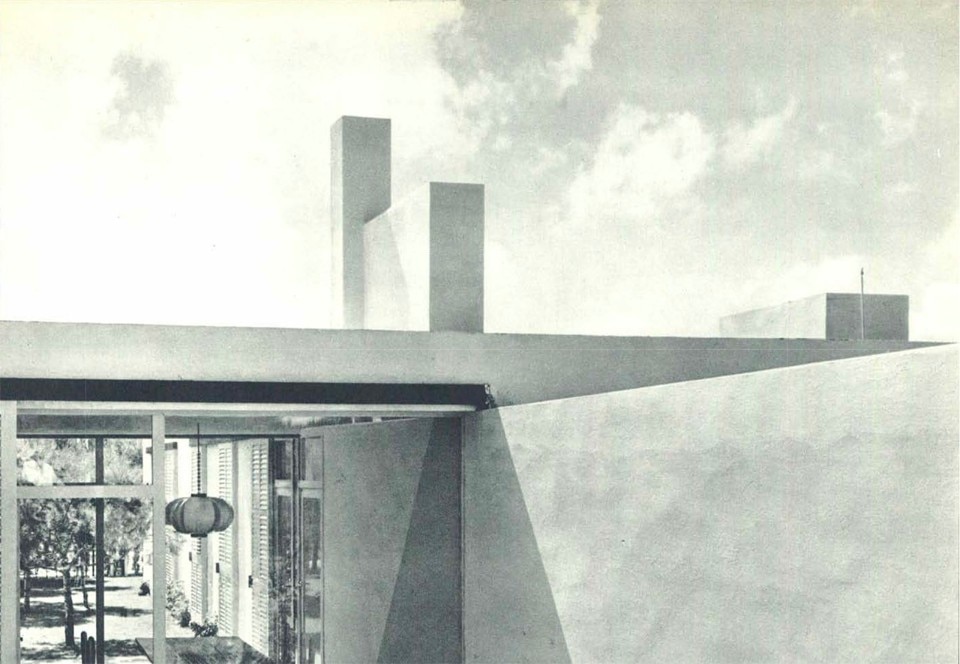
At the origins of Costa Brava: four architectures by José Antonio Coderch
José Antonio Coderch, Manuel Valls, casa Ugalde, Caldetas, Spain, 1953
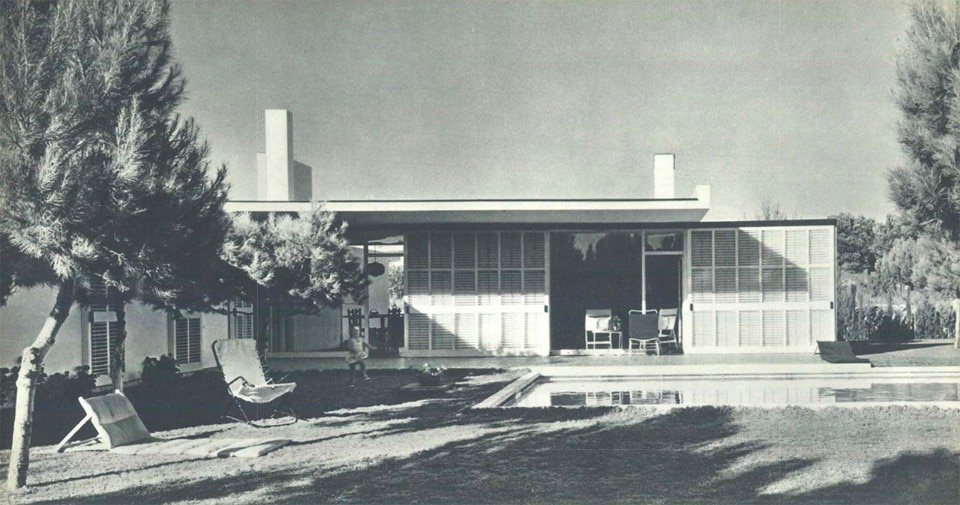
At the origins of Costa Brava: four architectures by José Antonio Coderch
José Antonio Coderch, Manuel Valls, holiday house, Sitges, Spain, 1959
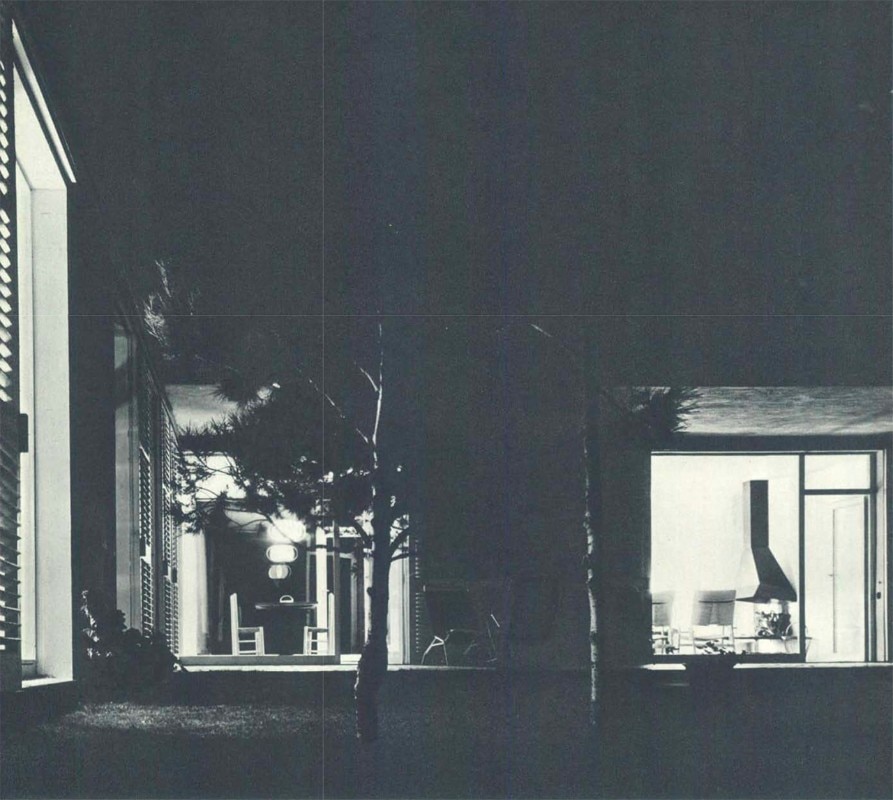
At the origins of Costa Brava: four architectures by José Antonio Coderch
José Antonio Coderch, Manuel Valls, holiday house, Sitges, Spain, 1959
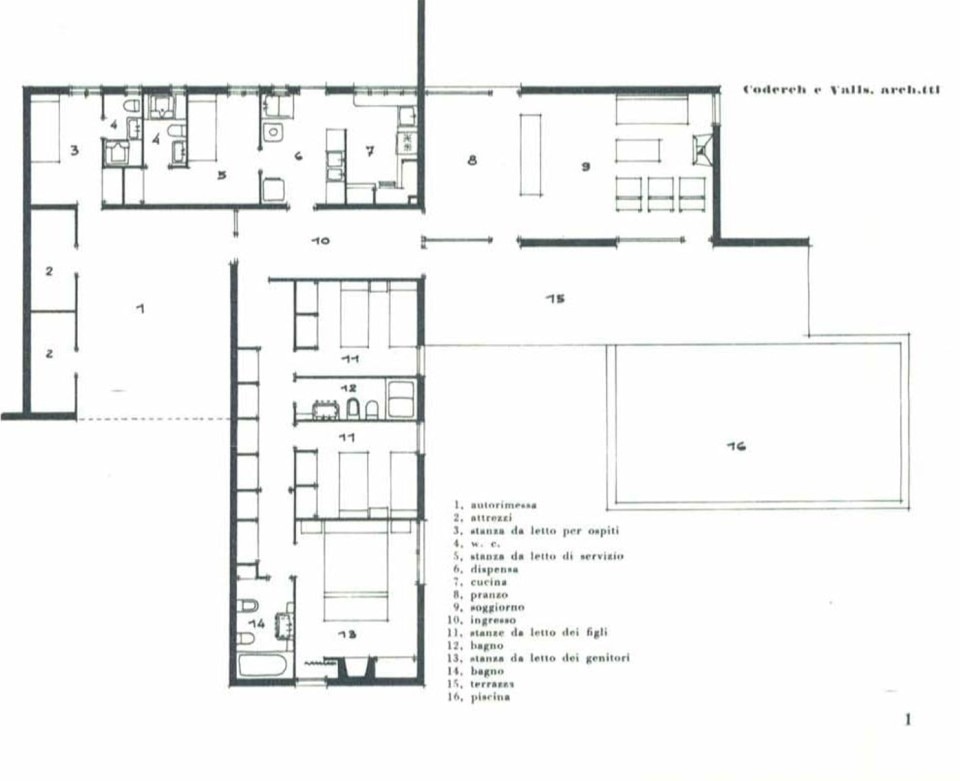
At the origins of Costa Brava: four architectures by José Antonio Coderch
José Antonio Coderch, Manuel Valls, holiday house, ground floor plan
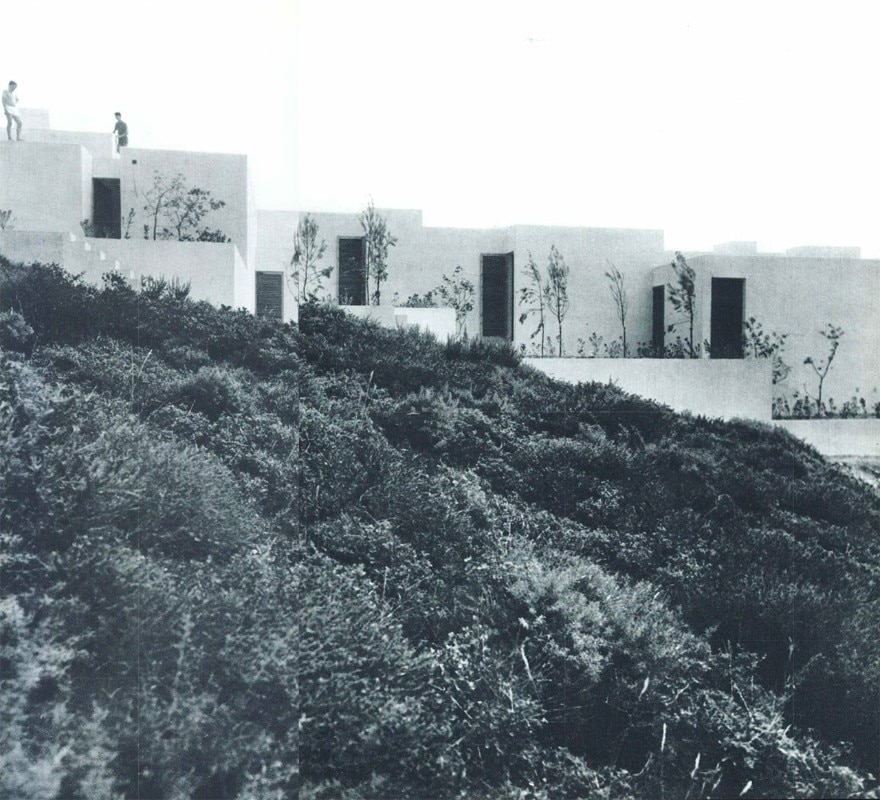
At the origins of Costa Brava: four architectures by José Antonio Coderch
José Antonio Coderch, holiday house, Punta Canell Gros, Rosas, Spain, 1964. Photo © Casali-Domus

At the origins of Costa Brava: four architectures by José Antonio Coderch
José Antonio Coderch, Manuel Valls, casa Ugalde, Caldetas, Spain, 1953

At the origins of Costa Brava: four architectures by José Antonio Coderch
José Antonio Coderch, Manuel Valls, casa Ugalde, Caldetas, Spain, 1953

At the origins of Costa Brava: four architectures by José Antonio Coderch
José Antonio Coderch, Manuel Valls, casa Ugalde, Caldetas, Spain, 1953

At the origins of Costa Brava: four architectures by José Antonio Coderch
José Antonio Coderch, Manuel Valls, casa Ugalde, Caldetas, Spain, 1953

At the origins of Costa Brava: four architectures by José Antonio Coderch
José Antonio Coderch, Manuel Valls, casa Ugalde, Caldetas, Spain, 1953

At the origins of Costa Brava: four architectures by José Antonio Coderch
José Antonio Coderch, Manuel Valls, casa Ugalde, Caldetas, Spain, 1953

At the origins of Costa Brava: four architectures by José Antonio Coderch
José Antonio Coderch, Manuel Valls, casa Ugalde, Caldetas, Spain, 1953

At the origins of Costa Brava: four architectures by José Antonio Coderch
José Antonio Coderch, Manuel Valls, casa Ugalde, Caldetas, Spain, 1953

At the origins of Costa Brava: four architectures by José Antonio Coderch
José Antonio Coderch, Manuel Valls, casa Ugalde, Caldetas, Spain, 1953

At the origins of Costa Brava: four architectures by José Antonio Coderch
José Antonio Coderch, Manuel Valls, casa Ugalde, site plan

At the origins of Costa Brava: four architectures by José Antonio Coderch
José Antonio Coderch, Manuel Valls, casa Ugalde, ground floor plan

At the origins of Costa Brava: four architectures by José Antonio Coderch
José Antonio Coderch, Manuel Valls, casa Ugalde, first floor plan

At the origins of Costa Brava: four architectures by José Antonio Coderch
José Antonio Coderch, Manuel Valls, casa Ugalde, Caldetas, Spain, 1953

At the origins of Costa Brava: four architectures by José Antonio Coderch
José Antonio Coderch, Manuel Valls, holiday house, Sitges, Spain, 1959

At the origins of Costa Brava: four architectures by José Antonio Coderch
José Antonio Coderch, Manuel Valls, holiday house, Sitges, Spain, 1959

At the origins of Costa Brava: four architectures by José Antonio Coderch
José Antonio Coderch, Manuel Valls, holiday house, ground floor plan

At the origins of Costa Brava: four architectures by José Antonio Coderch
José Antonio Coderch, holiday house, Punta Canell Gros, Rosas, Spain, 1964. Photo © Casali-Domus
The director of Domus celebrates the Torre Valentina complex by talking about order and freedom: "Architecture is an order in freedom and nature (...). Here nature (...) will play with the discipline of this strict architecture, animated by the presence and vitality of humans. I prefer this straightforward statement, which is active, creative, with all its dangers, to the mystification of a rebuilt landscape, with all its deceptions that are not only formal, but also social, vital, and environmental.
These are optimistic considerations, which demonstrate a deep confidence in the usefulness of architectural quality. On the one hand, Ponti believes it is possible to also apply it to mass tourism; on the other hand, refusing to address the specific case in the more general, frenetic real estate explosion of Costa Brava, he seems to assign to good architecture the role of sufficient and necessary antidote to the flaws of large-scale territorial planning.
Coderch and Valls' Torre Valentina will never be realised, unlike many of their seaside villas, most of which are located on the Catalan coast. Domus published them in a systematic manner throughout the 1950s and 1960s, allowing its readers to get acquainted with the duo's refined and varied research aiming to integrate modern architecture into the Mediterranean landscape.
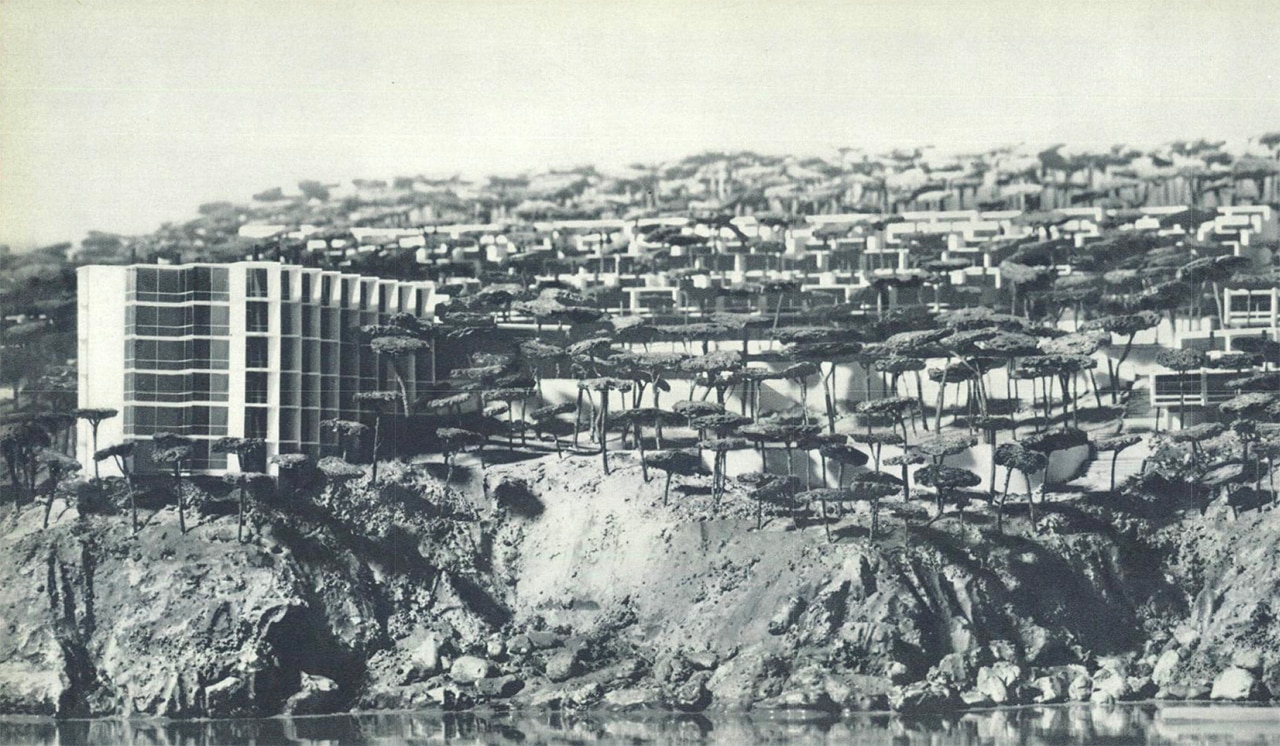
 View gallery
View gallery
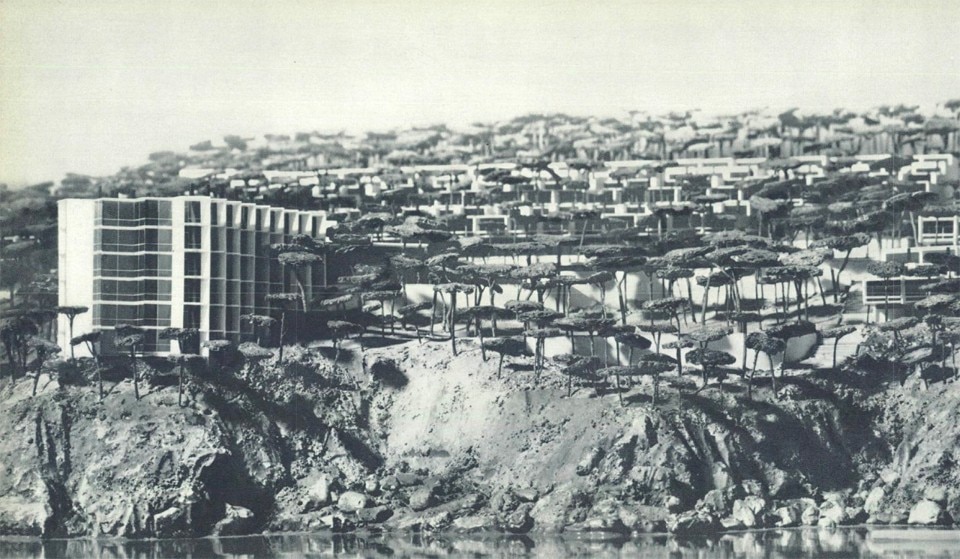
At the origins of Costa Brava: four architectures by José Antonio Coderch
José Antonio Coderch, Manuel Valls, proposed design for a hotel and 131 houses, Torre Valentina Spain, 1960
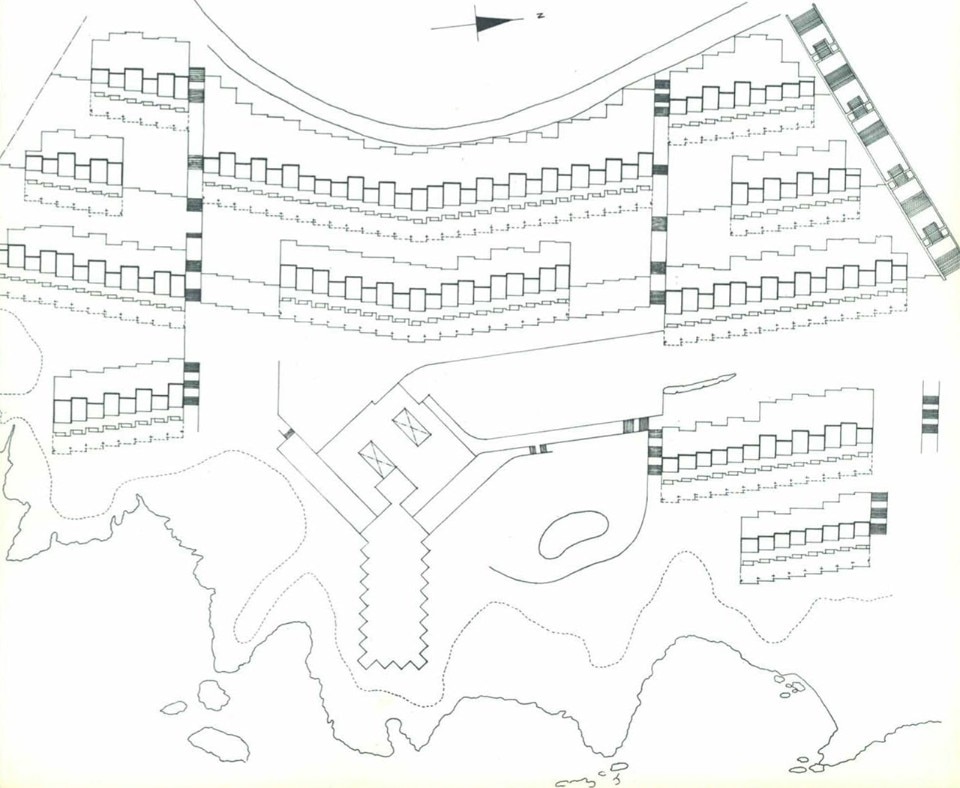
At the origins of Costa Brava: four architectures by José Antonio Coderch
José Antonio Coderch, Manuel Valls, proposed design for a hotel and 131 houses, site plan
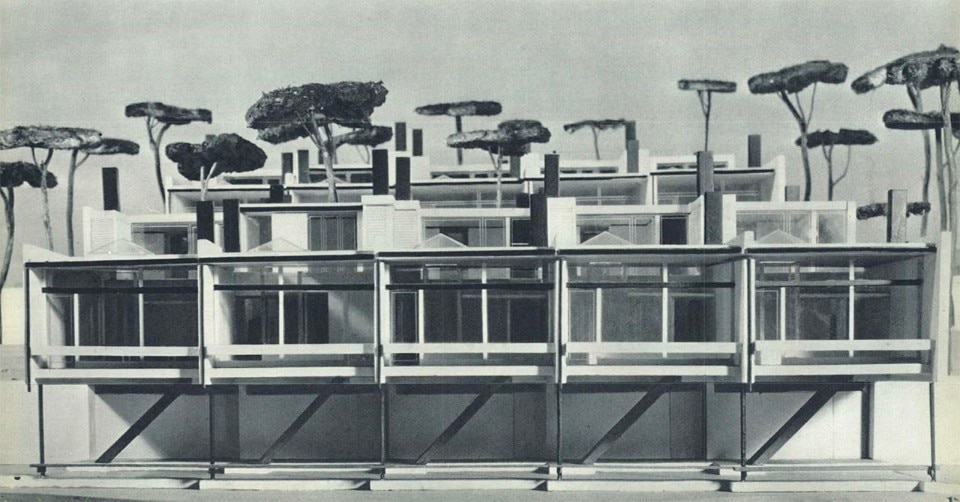
At the origins of Costa Brava: four architectures by José Antonio Coderch
José Antonio Coderch, Manuel Valls, proposed design for a hotel and 131 houses, Torre Valentina Spain, 1960

At the origins of Costa Brava: four architectures by José Antonio Coderch
José Antonio Coderch, Manuel Valls, proposed design for a hotel and 131 houses, Torre Valentina Spain, 1960

At the origins of Costa Brava: four architectures by José Antonio Coderch
José Antonio Coderch, Manuel Valls, proposed design for a hotel and 131 houses, site plan

At the origins of Costa Brava: four architectures by José Antonio Coderch
José Antonio Coderch, Manuel Valls, proposed design for a hotel and 131 houses, Torre Valentina Spain, 1960
The client of Casa Ugalde, in Caldetas (Domus 289, December 1953) imposed as only constraint to the project the preservation of all the existing trees and the non-obstruction of the many panoramic views of the sea and the hinterland. "This is how this articulated and fragmented plan was born, in which the Mediterranean principle of encounter with the landscape is brought to its maximum, as to resemble a labyrinth". The building is organized in a sequence of "open polygons, with alternating walls of stone and glass, which just like curtains are crossed by light, air and sight (...). It's a game in which landscape and architecture are constantly being revealed and hidden".
On the contrary, Coderch and Valls used a bizarre T-shaped plant for a villa in Sitges (Domus 350, January 1959): "since it does not face the sea, the house looks at itself, with a game of views that cross it from one side to the other". And again, in a large residence designed by Coderch in Punta Canell Gros, near Rosas (Domus 420, November 1964), "the rooms descend, aligned, following the slope, towards the sea (...)". The building "is structured like a small village: each room is a house, with a direct exit to the open air, and with its own terrace-garden (...). The roofs are other terraces or hanging gardens; while the natural ground around is rough and rocky, the flowers and greenery are gathered within the walls". The house is like "a fortress with strongholds and bastions".
The black and white photographs capture sophisticated domestic interiors lying, perched, or even crossed by rough Mediterranean landscapes, clear of buildings and facing the sea. In Spain, as in Italy, in the south-east of France and on many other Mediterranean coasts, the rarefied enchantment of these shots will be short-lived. The hope expressed by Ponti of quality in quantity will not come true. And today it is with other eyes, other parameters, new strategies - for example those proposed by MVRDV at the end of the last millennium with the famous research “Costa Iberica. Upbeat to the Leisure City” – that we can reflect on the Spanish coasts of the thousand Benidorms, where the density is given by the ever-growing number of skyscraper-islands more or less generic, and apparently disconnected from any ordering design.
